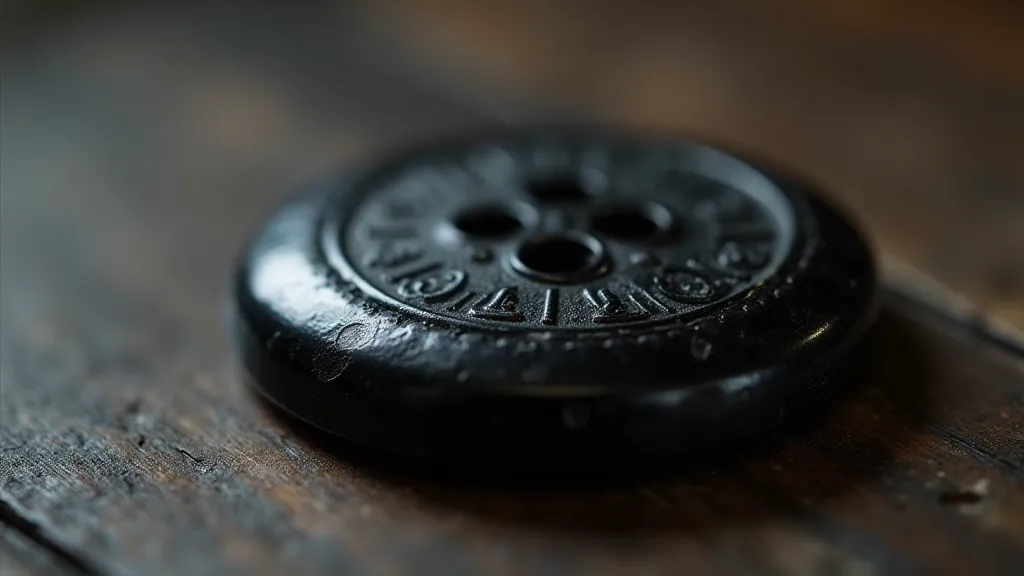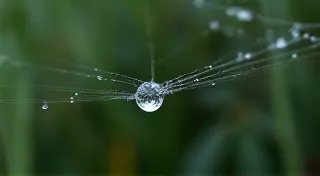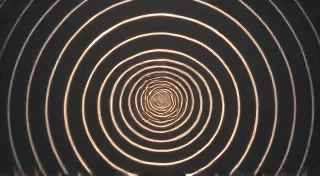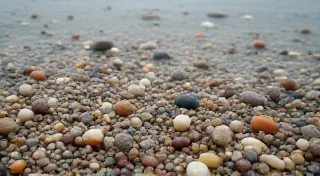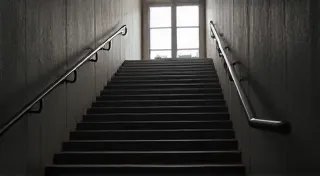Chromatic Echoes: The Evolution of Color Palette in Victorian Buttons
There’s a certain magic held within a box of antique buttons. Beyond their function as fasteners, they whisper stories of bygone eras, of elaborate dresses and military uniforms, of artistry and industry. And amongst the myriad shapes and sizes, the *color* of a Victorian button holds a particularly poignant key to understanding the period. It’s not merely a hue; it’s a reflection of technological advancement, shifting social values, and the burgeoning field of chemistry – all woven into a tiny, often overlooked, object.
I remember the first time I truly understood this. As a young girl, I was helping my grandmother sort through a trunk filled with her mother’s belongings. Nestled amongst lace gloves and faded photographs were several small, exquisitely colored buttons. They weren’t the simple bone or metal ones I was used to seeing; these glowed with a surprising richness. My grandmother, a woman of few words, simply smiled and said, "These, dear, are echoes of a time when colors were precious." That simple phrase has stayed with me, shaping my fascination with Victorian button collecting ever since.
The Dawn of Chemical Colors: A Revolution in Hue
Before the mid-19th century, colors in textiles and buttons were largely derived from natural sources: plant dyes (indigo, madder), mineral pigments (ochre, malachite), and insect extracts (cochineal). While producing beautiful results, these natural dyes were notoriously unreliable. Shades varied significantly depending on the harvest, the weather, and the dyeing process itself. Then came the revolution: synthetic dyes. William Henry Perkin's accidental discovery of mauveine in 1856, while attempting to synthesize quinine, opened the floodgates. Suddenly, vibrant, consistent colors became attainable at a fraction of the cost of natural dyes.
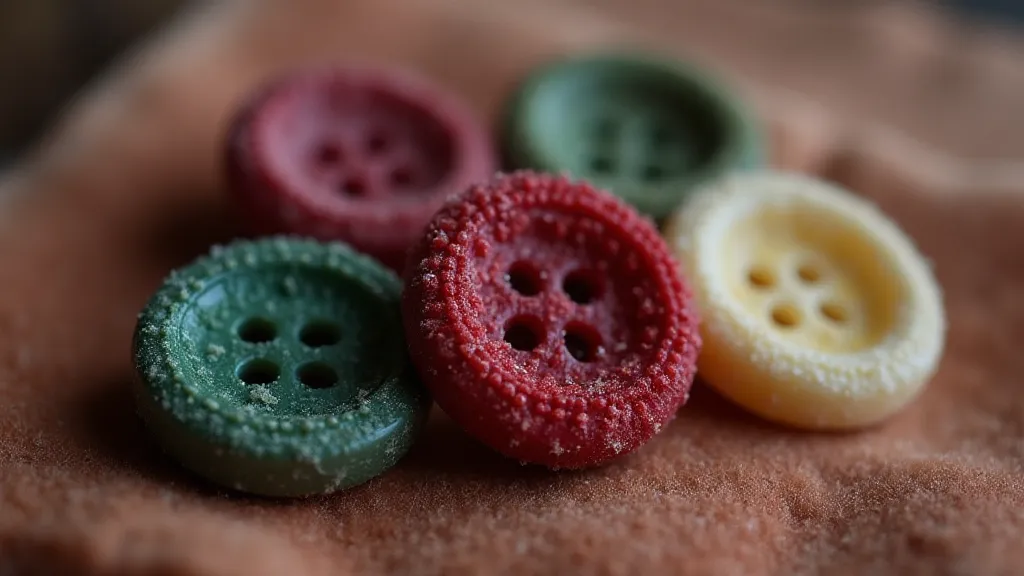
The Symbolism of Mauve: A Color’s Ascent to Fashion
Perkin’s mauve quickly became a sensation. The initial "mauve mania" was unprecedented. The color itself became synonymous with modernity and progress. Queen Victoria herself embraced mauve, cementing its place in the fashion elite and driving demand sky high. Early mauve buttons, often made of horn or vulcanite and painted with the new dye, are highly prized by collectors. They offer a tangible link to that pivotal moment in color history. The very *concept* of fashionable color itself was evolving, demanding a new appreciation for the details and subtleties of these small adornments – a topic explored further in some beautiful examinations of catalogues of curiosities from the period.
Beyond Mauve: A Spectrum of Significance
The impact of synthetic dyes wasn’t limited to mauve. Soon, aniline dyes produced a staggering array of colors: emerald green, vibrant blues, rich crimsons, and dazzling yellows. Each color carried its own symbolic weight within the Victorian era. Green, particularly a bright, almost electric green, often symbolized hope, renewal, and even a connection to the burgeoning Arts and Crafts movement. Deep blues, produced from indigo derivatives, represented loyalty, steadfastness, and mourning – often seen on military uniforms and mourning attire. Crimson and scarlet signified wealth, power, and military prestige.
Jet buttons, those deep black ornaments created from fossilized wood, were ubiquitous during the Victorian period, particularly in mourning jewelry and clothing. The intense grief following the death of Prince Albert led to widespread adoption of mourning customs, and jet buttons were a readily available, affordable way to express that sorrow. The uniformity of the deep black conveyed a collective sense of loss and shared mourning. It’s a stark reminder of the deep emotional toll the era often faced. The patterns of their distribution, and how they found their way into collections across the country, is a fascinating study - details on such discoveries can be found in examinations of lost and found historical treasures.
The Impact on Button Manufacturing Techniques
The advent of synthetic dyes didn’t just change the colors available; it also influenced button manufacturing techniques. Early synthetic dyes often required a glazing process, where the buttons were coated with a layer of dye-infused varnish to create a vibrant, glossy finish. This glazing process, while beautiful, was also relatively fragile and prone to chipping or fading over time. As manufacturing techniques improved, however, more durable methods were developed, including the incorporation of pigments directly into the button material during molding.
Horn buttons, made from the horns of cattle, were a mainstay of Victorian button production. Initially, they were often left natural or stained with simple dyes. But with the introduction of synthetic dyes, they could be painted with astonishing detail and vibrant colors. Similarly, mother-of-pearl buttons, prized for their iridescent sheen, became increasingly popular as the processes for cutting and shaping the material became more sophisticated. Examining the intricacies of those iridescent qualities and their significance in Victorian design offers a captivating window into the period’s aesthetic sensibilities. Further details on the value and cultural impact of these beautiful elements can be found in detailed appraisals of mother-of-pearl’s iridescent secret.
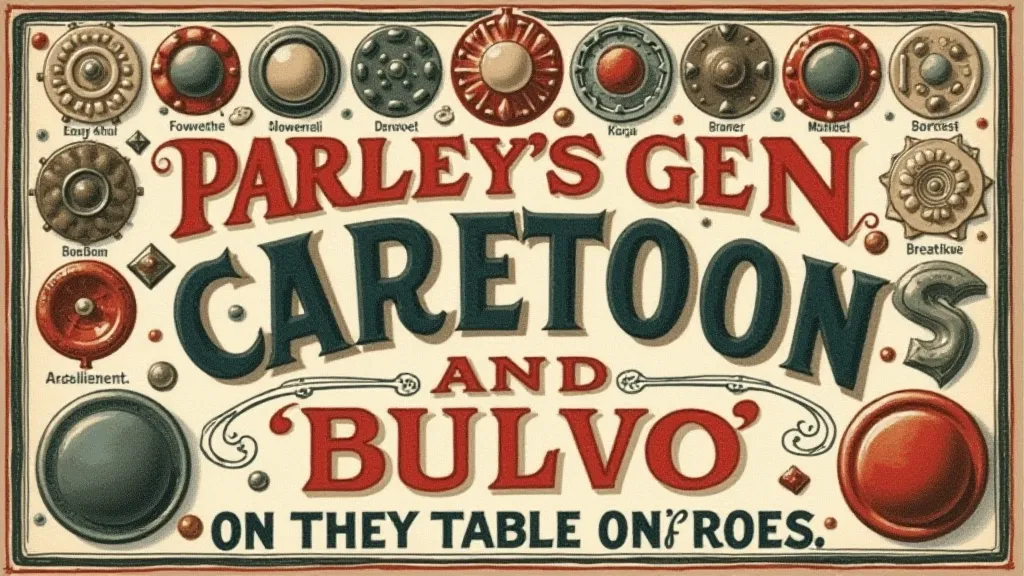
Military Buttons: A Study in Color and Rank
Military buttons provide a fascinating microcosm of Victorian color symbolism. Regimental buttons were often emblazoned with the unit’s crest and specific colors that represented their history and identity. The vibrancy and quality of the button itself often indicated the rank of the soldier wearing it. Officers’ buttons were generally more elaborate and brightly colored than those worn by enlisted men. The symbolic weight of color extended beyond the aesthetic; it was an integral part of conveying status and heritage, a legacy carefully preserved in the regiment's regalia.
Ephemeral Beauty and Lasting Significance
Beyond the technical innovations and symbolic meanings, it's crucial to understand the fleeting nature of some Victorian button designs. Many were products of their time, utilizing materials and manufacturing processes that weren't always built for longevity. This fragility, however, adds to their charm, reminding us of the human ingenuity and artistry involved in their creation. The transient quality of these details – the way a glaze might fade, a color might bleed – contributes to the overall allure, demonstrating ephemeral adornments’ fleeting beauty and the challenges of preserving such delicate artifacts.
Expanding the Palette: New Materials and Techniques
The evolution of button colors wasn't solely driven by dye chemistry. New materials and manufacturing processes played a crucial role. Vulcanite, a hardened rubber, became popular for its ability to be molded into intricate shapes and colored with dyes. The introduction of celluloid in the late 19th century offered another versatile material for button production, allowing for even more elaborate designs and a wider range of colors. These advancements not only broadened the color palette but also influenced the overall aesthetic of Victorian buttons.
The Legacy of Victorian Buttons: A Collector's Perspective
Collecting Victorian buttons isn't just about acquiring beautiful objects; it’s about preserving fragments of a lost world. These tiny artifacts offer a unique window into the era’s technological advancements, social customs, and artistic sensibilities. As collectors, we have a responsibility to handle these treasures with care, to research their history, and to share their stories with others. A simple button, carefully examined, can unlock a cascade of information about the lives of those who wore it.
I often think of my grandmother’s smile, and the wisdom in her words – "These, dear, are echoes of a time when colors were precious." And in preserving those echoes, we honor the creativity, innovation, and the human stories woven into each and every Victorian button.
